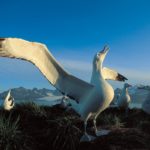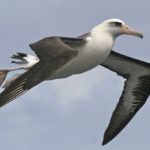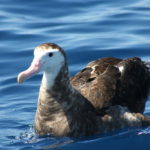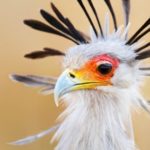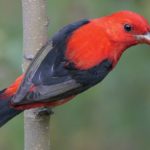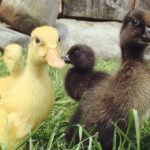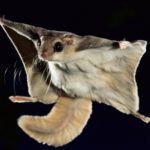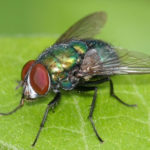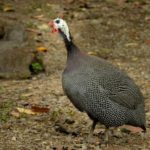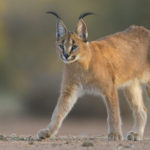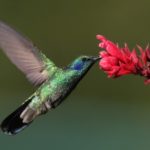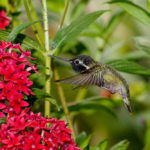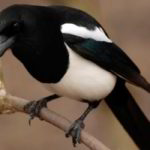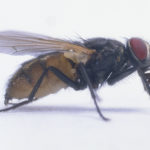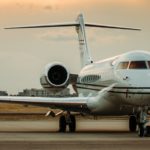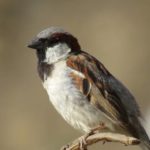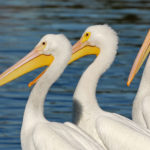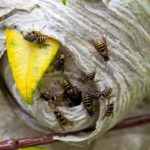Albatross – information
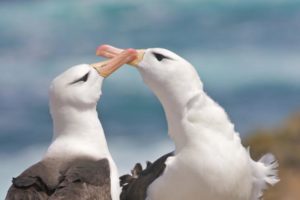 There are 20 species of albatross – from smoky, the size of a seagull, to a wandering one (Diomedes exulans, or “albatross-exile”), with its record wingspan of 11 feet. Albatrosses fly farther and longer than any other bird. Thanks to satellite tracking, it turned out that some albatrosses fly around the Earth in less than two months and can fly six days of a single waving of the wings.
There are 20 species of albatross – from smoky, the size of a seagull, to a wandering one (Diomedes exulans, or “albatross-exile”), with its record wingspan of 11 feet. Albatrosses fly farther and longer than any other bird. Thanks to satellite tracking, it turned out that some albatrosses fly around the Earth in less than two months and can fly six days of a single waving of the wings.
Unlike predator birds that plan to flow, the albatross is kept near the surface of the sea, using the lift force of reflected air waves. The most energy-consuming part of any albatross’s flight is take-off: the only time a bird needs to swing its wings decisively.
It is worth the chick wandering albatross to stand on the wing – and his paws no longer touch the ground until the time comes to mate, and this can happen in a dozen years. Albatrosses eat fish, squid and krill – diving into the sea or looking for food on the surface – but sleep right on the fly; the hemispheres of the bird’s brain are switched off and turned on in turn.
Albatrosses belong to the order of Procellariiformes, initially – Tubinares, which means “tuberculosis”. The tubes run along the entire length of large hooked beaks and lead to very well developed olfactory organs, allowing the albatross to detect nesting and food for many miles. In some species, the tubes perform a dual function: they allow the bird to breathe through one nostril and squeeze excess sea salt through the other.
For the sake of a piece of food for his nestling albatross regularly flies to 1000 miles. Solid food with long flights is digested in the stomach of the bird, turning into a concentrated, protein-rich oil. It can be used instead of water to quench thirst, or regurgitate in the beak of a chick – in the form of a nutritious fish “Türi”.

